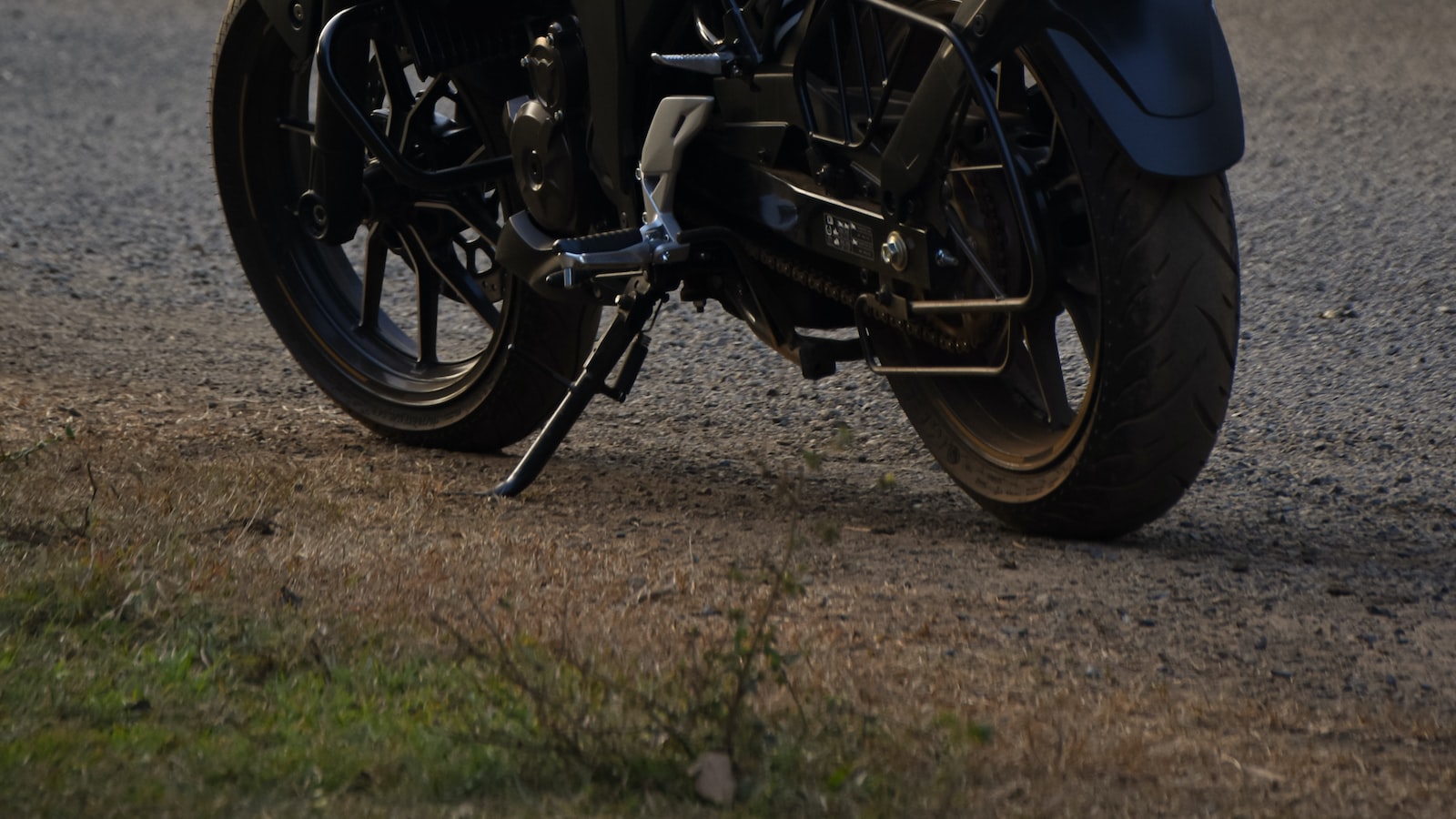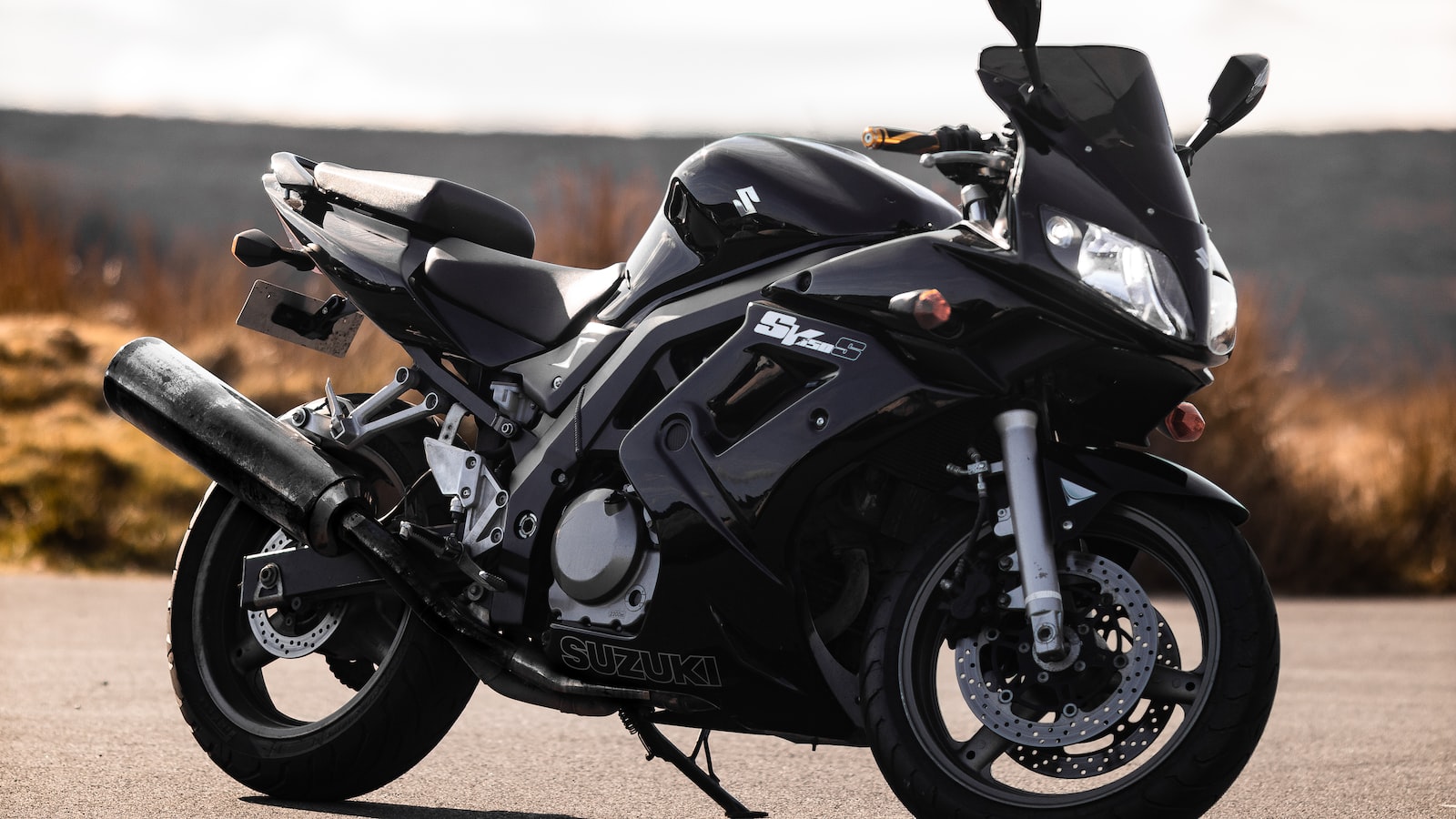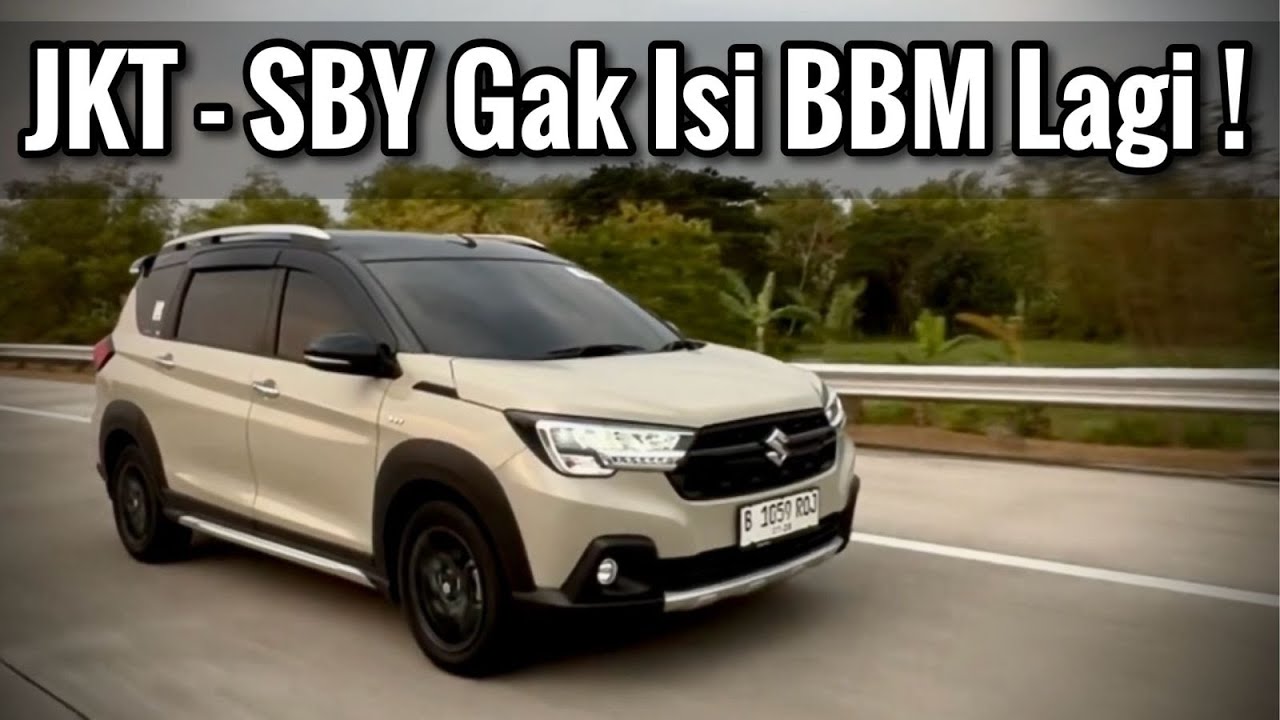Welcome to our blog post where we will be discussing the interesting topics brought up in the YouTube video titled "SUZUKI XL7 Smart Hybrid Indikator Bensin Seakan Gak Berfungsi". In this video, the host of the channel, Motomobi, takes us through the history of the Suzuki XL7 and its unique characteristics. Suzuki has always been known to create vehicles that stand out and have no competitors, just like their iconic Jimny SUV. The XL7, however, takes a different approach. Originally introduced as a crossover with SUV-like features, the XL7 has now transitioned into a more affordable option, built on a MPV platform. Despite the downgrade, Suzuki’s uniqueness shines through with the XL7’s smart hybrid system, transforming it into a fuel-efficient vehicle that can cover long distances with just one tank of fuel. The hosts of the video, Om Fitra and Om Mobi, even put this claim to the test by driving 700 kilometers from Jakarta to Surabaya without needing to refuel. You can find the evidence of this impressive feat on their channels. So, if you’re intrigued to learn more about the Suzuki XL7 and its performance, stay tuned for the rest of this blog post.
– Introduction to the Suzuki XL7 Smart Hybrid

The Suzuki XL7 Smart Hybrid is an innovative crossover that combines the functionality of an MPV with the efficiency of a hybrid engine. It is the only crossover in the world that offers almost hybrid capabilities, allowing drivers to travel from Jakarta to Surabaya on just one tank of fuel. This makes it a highly desirable option for environmentally-conscious individuals and those looking to save on fuel costs.
As with many Suzuki vehicles, the history of the XL7 is unique and sets it apart from its competitors. Suzuki has always been known for creating cars that are unlike anything else on the market. For example, the Jimny, which was a pioneer of the compact SUV segment in Indonesia, had no direct competitors at the time of its launch. Similarly, the XL7 stands out for its smaller size and engine capacity compared to other SUVs in the market. It offers a distinct alternative for consumers who want a compact yet versatile crossover experience.
While the first generation of the XL7 was introduced in 1998 and entered the Indonesian market in 2003, it was initially considered more of an SUV than a crossover. Its design, resembling the Grand Escudo, made it appear larger and more rugged. However, the high price and lack of four-wheel drive capabilities limited its appeal to Indonesian consumers. As a result, subsequent generations of the XL7 were not introduced in Indonesia until 2020. Despite its downsizing and reclassification as a crossover, the new XL7 Smart Hybrid addresses the needs of Indonesian consumers by offering a more fuel-efficient alternative to conventional SUVs.
– Unique History of Suzuki XL7

The Suzuki XL7 has a unique history that sets it apart from other crossovers in the market. Suzuki has always been known for creating vehicles that have no competitors or are distinctly different. For example, the Suzuki Jimny was the pioneer of small SUVs in Indonesia and had no rivals at the time. While other SUVs had big engines and fuel consumption, the Jimny came with a small engine and compact body, making it a standout choice.
In the case of the Suzuki XL7, Suzuki once again aimed to be unique and different. The first generation of the XL7 was introduced in 1998 and arrived in Indonesia in 2003. With its SUV-like appearance and a capacity to accommodate seven passengers, it was more like an SUV than a crossover. However, the XL7 was considered expensive for the Indonesian market and did not have the four-wheel-drive capability, which led to a decrease in its popularity. So, only the first generation of XL7 was available in Indonesia until recently.
Fast forward to 2020, Suzuki introduced the second generation of the XL7 in Indonesia. Unlike its predecessor, this new XL7 is a crossover that is built on an MPV platform. It may have come down a notch from the previous XL7’s big name, but it turns out that this was exactly what the Indonesian market needed. This crossover hybrid offers a more affordable and economical option for Indonesian consumers. In fact, it has been tested and proven to have an impressive fuel efficiency, with a range of 700 km from Jakarta to Surabaya on just one tank of fuel. With its unique history and impressive features, the Suzuki XL7 is gaining popularity among Indonesian car buyers.
– Suzuki XL7 Generation Differences

The Suzuki XL7 has undergone several generations, each with its own unique features and improvements. The first-generation XL7 was introduced in 1998 and arrived in Indonesia in 2003. It had a more SUV-like appearance compared to a crossover, with a front-end design reminiscent of the Grand Escudo. Although it had a V6 engine with a capacity of 2500 cc, the first-generation XL7 was considered expensive for the Indonesian market and lacked 4×4 capabilities, limiting its popularity.
After a long hiatus, the second-generation XL7 made its debut in 2006. This version was larger in size compared to its predecessor and showcased a more contemporary design. Interestingly, when Suzuki re-introduced the XL7 to the Indonesian market in 2020, it underwent a shift in classification. Despite previously being a pure SUV, it was now positioned as a crossover built on an MPV platform. This downgrading from the illustrious XL7 name was a characteristic move by Suzuki, known for its unique approach to vehicle categorization.
One of the remarkable aspects of the latest XL7 model is its Hybrid variant. While it may have shifted down in class, the XL7 Hybrid fills a crucial need for Indonesian consumers who seek fuel-efficient vehicles. In fact, some drivers have reported impressive fuel economy, achieving a distance of 700 km on just one tank of fuel, an accomplishment demonstrated in a video on the Motomobi and Fitra Eric channels. Additionally, the XL7 has been put through its paces by experienced reviewers, including Mamang and Fitra, who have tested the vehicle on challenging terrains and can attest to its capabilities.
In summary, the Suzuki XL7 has evolved over the years, adapting to market demands and offering a hybrid variant that appeals to fuel-conscious consumers. Despite its transition from a full-fledged SUV to a crossover, the XL7 maintains its appeal through its efficient performance and unique features.
– Experience and Review of the Suzuki XL7 Smart Hybrid

The Suzuki XL7 Smart Hybrid is a unique crossover that combines the features of an MPV with the efficiency of a hybrid engine. It stands out among its competition as one of the few crossovers in the world that offers a nearly hybrid experience. What sets the Suzuki XL7 apart is its ability to cover long distances without frequent refueling. In a test conducted by the renowned Motomobi channel, the XL7 traveled from Jakarta to Surabaya, a distance of 700 KM, using just one tank of fuel. This impressive feat showcases the XL7’s exceptional fuel efficiency and demonstrates its suitability for long journeys.
One of the peculiarities of Suzuki as an automaker is its inclination to create cars that are distinct and unmatched in their respective segments. This trend is evident in models like the legendary Jimny, which was the pioneer of compact SUVs in Indonesia and had no direct competitors. Similarly, the Suzuki Baleno, when it was introduced in 1996, competed with the likes of the Honda Civic, Toyota Corolla, and Mitsubishi Lancer. However, Suzuki took a different approach with the XL7, deliberately positioning it a step below traditional SUVs. While the first-generation XL7 resembled a SUV more than a crossover, the new generation, introduced in 2020, is better described as a crossover derived from an MPV. Despite the change in classification, what remains consistent is Suzuki’s commitment to delivering fuel-efficient vehicles that cater to the needs of Indonesian consumers. In conclusion, the Suzuki XL7 Smart Hybrid is a unique crossover that combines the features of an MPV with hybrid technology. Suzuki has always been known for creating cars that stand out and have no competition. Just like the iconic Jimny, the XL7 is in a league of its own.
While other SUVs have big engines and are fuel-guzzlers, the XL7 defies the norm with its small engine and fuel efficiency. It may have downgraded in size compared to its predecessors, but this is exactly what makes it appealing to the Indonesian market. People want a car that is not only sleek but also cost-effective to run.
In a test drive, the XL7 proved its fuel efficiency by covering a distance of 700 KM from Jakarta to Surabaya on just one tank of fuel. This is a testament to its smart hybrid technology and the needs of the Indonesian people for a more economical and environmentally-friendly ride.
Furthermore, the XL7 has also impressed in terms of performance, as seen in the review by renowned automotive enthusiasts. They took the car off-road and it handled the rugged terrain like a champ, despite getting covered in dust and grime. This truly showcases the versatility and capabilities of the XL7.
Overall, the Suzuki XL7 Smart Hybrid is a crossover that brings innovation and practicality together. It may have gone through a transformation, but it has undoubtedly found its place in the hearts of Indonesian car enthusiasts. So, if you’re looking for a stylish and efficient ride, the XL7 should definitely be on your list.
